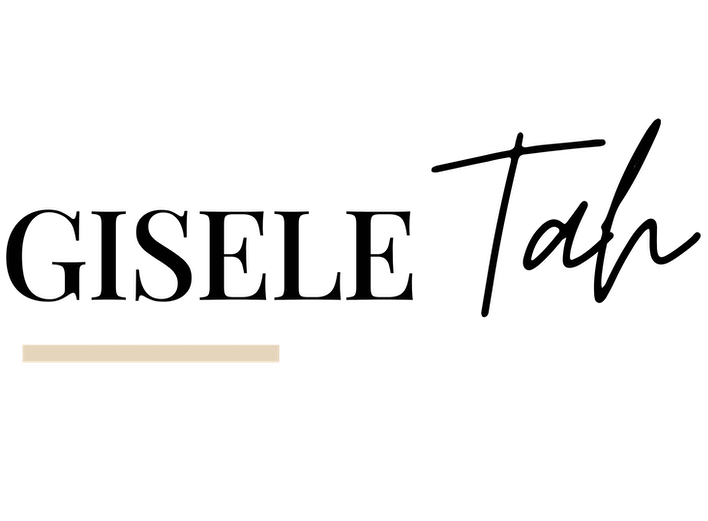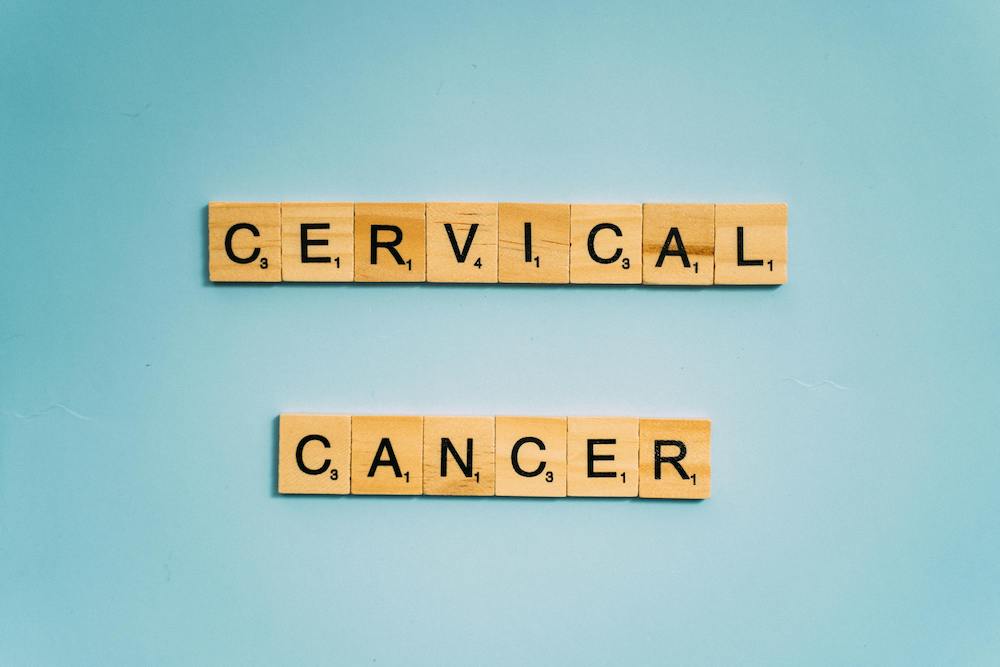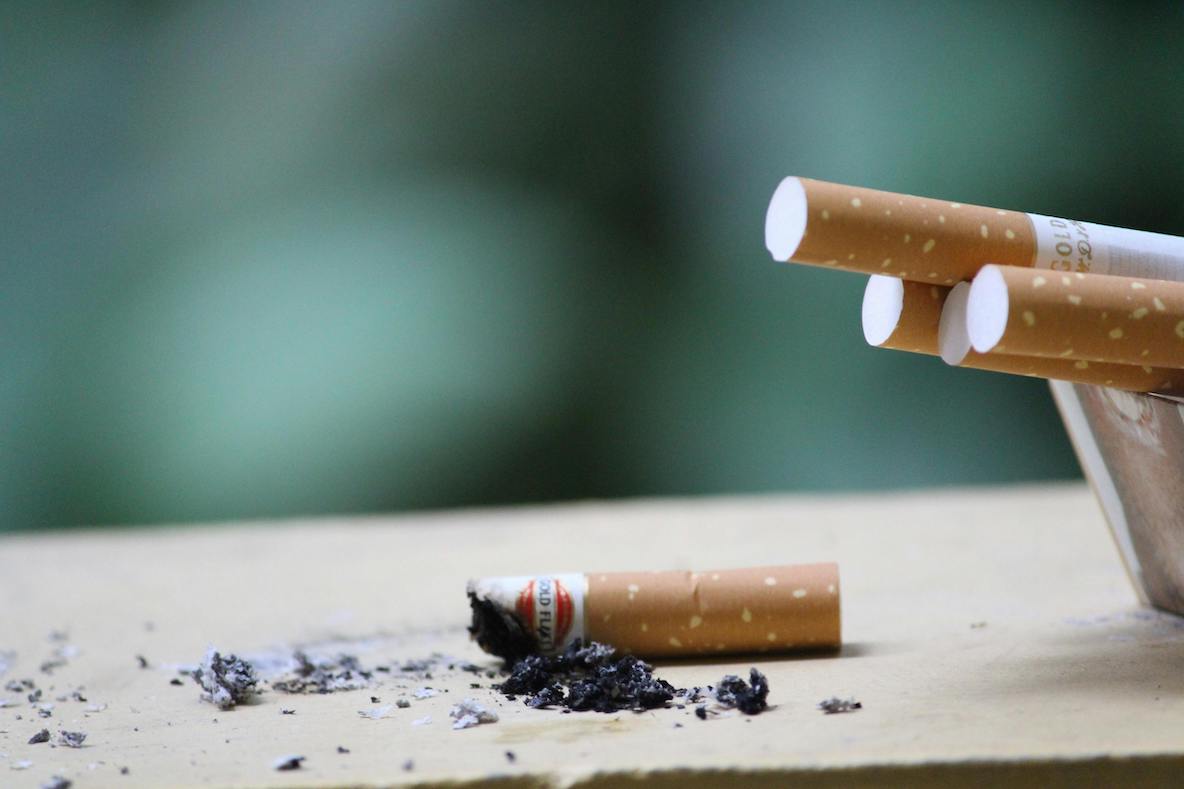PUBLIC HEALTH | MAY 16TH, 2024
I became a passive smoker without my consent!!!
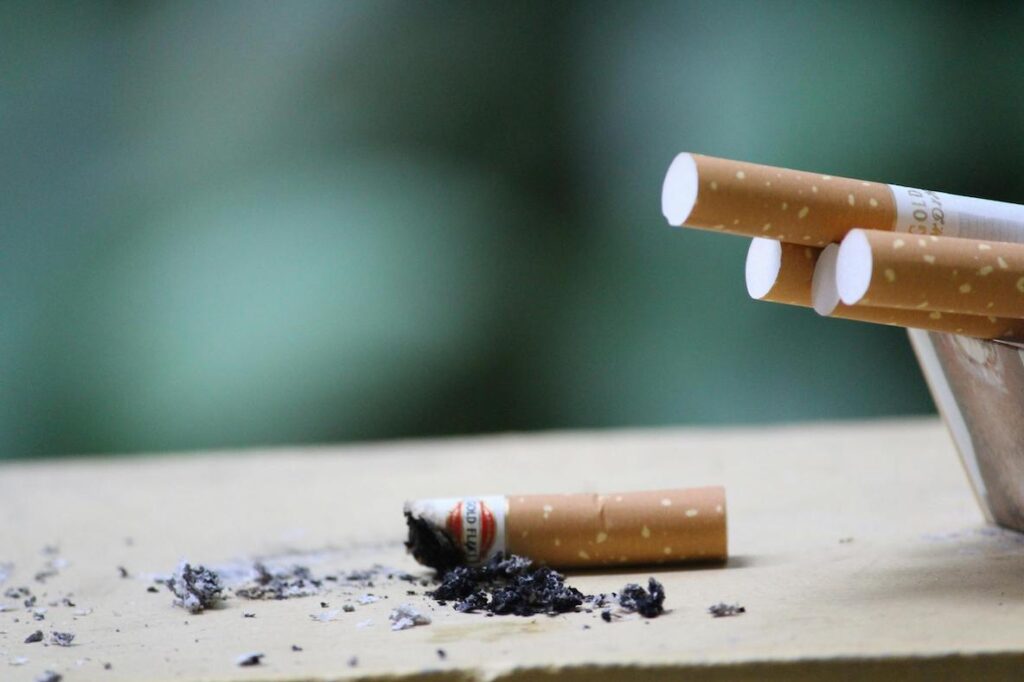
Helen Samuels was shocked when her doctor looked her into her face and told her the 3 scariest words … “You have Cancer!”. Thoughts like “Impossible, How, when, where not me etc.” spiraled out of her head to her mouth amidst tears, panic, and shock.
In a desperate and tears-filled attempt to argue out her diagnosis with her physician, Mrs. Samuels argued that she is not a smoker neither has she ever smoked before. A quick phone visit to “Dr google” (www.google.com) and The American Cancer Society (ACS) informed that smoking tobacco is undoubtedly the primary cause of lung cancer. Moreso, nearly 80% of lung cancer deaths are caused by smoking, and many others by exposure to Secondhand Smoke (SHS). Mrs. Samuels ignored the SHS part and focused on the association between smoking and lung cancer.
Within an hour, the physician explained SHS to her something she had heard but never paid attention to also called PASSIVE SMOKING. She immediately became aware of a risk factor she had been living with unawares. Her husband of 30 years, Mr. Samuels has a consistent smoker. Unfortunately, his actions made his wife an involuntary/passive smoker without his own knowledge.
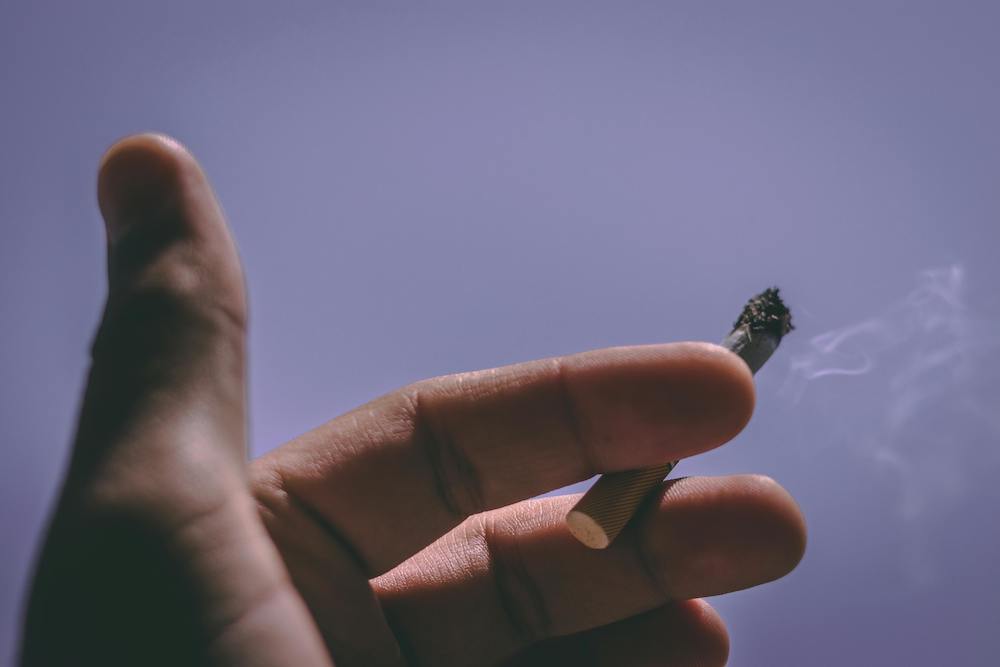
WHAT IS PASSIVE SMOKING?
Passive smoking also known as Secondhand smoke (SHS), or Involuntary smoke is when an individual breathes in other people’s tobacco smoke. For example, if a pregnant woman breathes in second-hand smoke from her husband, roommate, coworker etc., it can affect the unborn baby.
SOURCES OF PASSIVE/SMOKE
SHS comes from cigarettes, pipes, cigars, and shisha pipes (hookah). SHS is in two types:
Mainstream smoke – smoke that’s breathed out by someone who smokes.
Side-stream smoke – smoke that comes from the lit end of a tobacco product.
HEALTH DANGERS
Passive smoking or SHS is dangerous and can cause many of the same diseases as smoking.
Lung term effects include cancer, heart disease, stroke, Chronic Obstructive Pulmonary Disease (COPD). Short term health effects are coughing, sore throats, eye, and nasal irritation. Children’s developing bodies stand a higher risk of Asthma attacks, Ear, and Respiratory Infections, SIDS, Pneumonia, Bronchitis and Bacterial Meningitis
PREVENTION
Exposure to SHS happens in the home, can spread within rooms and lasts for hours regardless of open windows. The most effective form of prevention is to keep the environment smoke free and best done by stopping smoking completely. Ask visitors to smoke outside and never let anyone smoke in the car even with windows open. Otherwise, you will become a Passive/SHS smoker without CONSENT!
References
American Cancer Society, (2022). What Causes Lung Cancer. Retrieved from https://www.cancer.org/cancer/lung-cancer/causes-risks-prevention/what-causes.html
Cancer Research Center UK. (2021). What is Passive Smoking? Retrieved from https://www.cancerresearchuk.org/about-cancer/causes-of-cancer/smoking-and-cancer/what-is-passive-smoking
Centers for Disease Control and Prevention. ( 2022s ). Health Problems Caused by Secondhand Smoke. Retrieved from https://www.cdc.gov/tobacco/secondhand-smoke/health.html
You might also like
